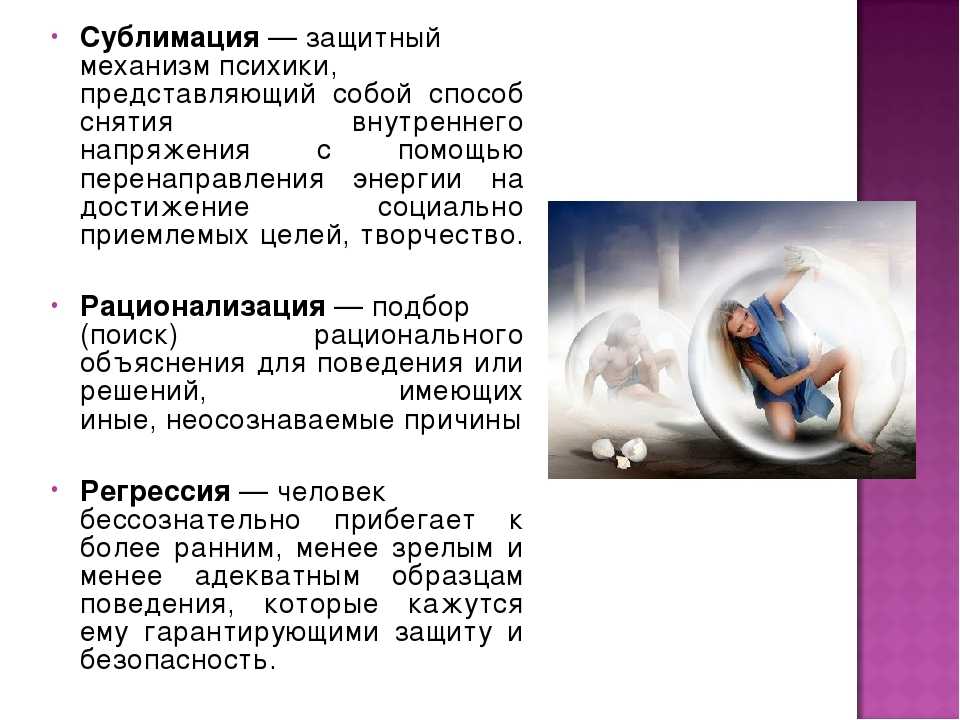Define sublimation in psychology
Sublimation - Psychological defense mechanism
In this article / video we will focus on
- understanding the defense mechanism of Sublimation
- Compare it with displacement
- how it can help and hinder our growth
- Finally how therapists and coaches can help clients whose growth is being hindered by sublimation
Defense Mechanism of Sublimation: Case Study
Uma is a widowed woman; she has never had feelings for any man other than her deceased husband. She gets introduced to her daughter’s boyfriend and suddenly feels attracted to the young man.
What does Uma do?
She unconsciously transforms her unacceptable feelings into motherly feelings which are accepted in society. She starts funding his education, takes him and her daughter out for dinners and movies etc. Calls him once a week to check on his studies and hostel. Goes out of her way to help him and even sides him when her daughter and her boyfriend pick a fight.
What Uma is doing here is that she is using the defence mechanism of ‘sublimation’.
What is Sublimation?
Sublimation (German: Sublimierung) is a type of defence mechanism where socially unacceptable impulses or idealizations are unconsciously transformed into socially acceptable actions or behaviour, possibly resulting in a long-term conversion of the initial impulse.
History of Sublimation
Sigmund Freud got the idea of sublimation while reading “The Harz Journey” by ‘Heinrich Heine’.
The story was about Johann Friedrich Dieffenbach who cut off the tails of dogs he encountered in childhood and later became a surgeon. Freud termed ‘sublimation’ as one of the mature defence mechanisms but it was ‘Anna Freud’ who actually built upon this in her book – “The Ego and the Mechanisms of the Defence”.
How does Sublimation work?
Whenever an individual is faced with certain thoughts, feelings and emotions that are conflicting with societal norms it generates a lot of anxiety, stress or guilt in the system.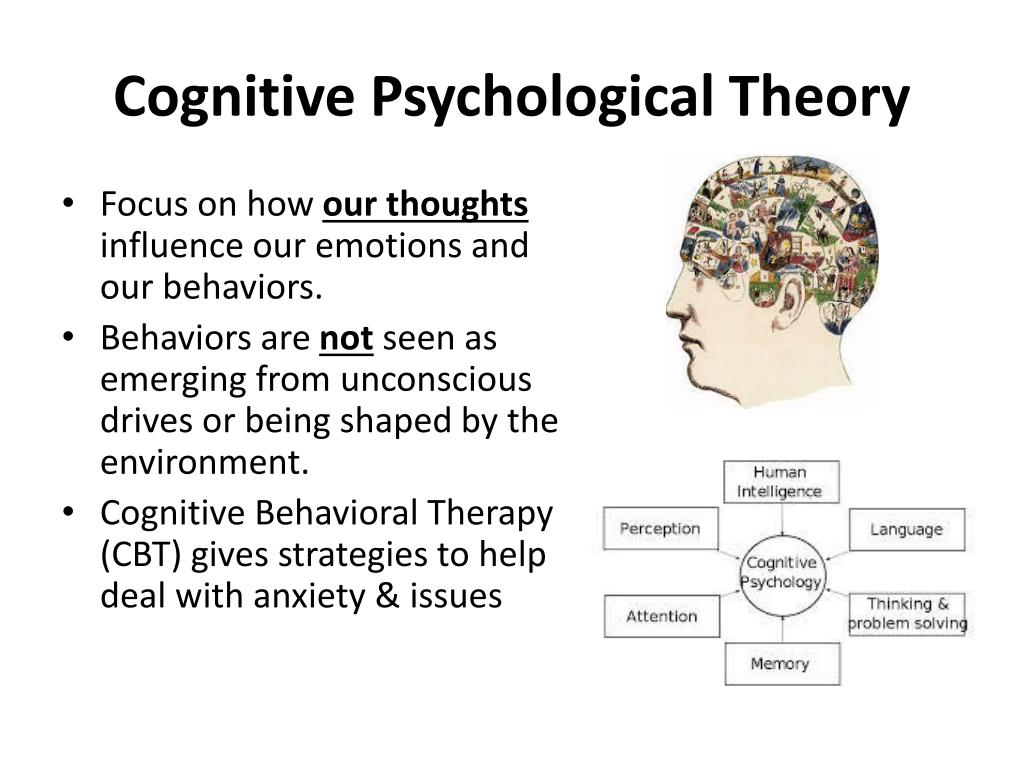 Since all of this is against moral values, our mind then generates a subtler and safer way to execute these feelings. This different way of channelizing the same thoughts, feelings, emotions are done in a very socially acceptable manner. Thus, it reduces the stress/anxiety/guilt. All of this happens at an unconscious level so the person is not aware of it.
Since all of this is against moral values, our mind then generates a subtler and safer way to execute these feelings. This different way of channelizing the same thoughts, feelings, emotions are done in a very socially acceptable manner. Thus, it reduces the stress/anxiety/guilt. All of this happens at an unconscious level so the person is not aware of it.
Sublimation: Examples
Let us explain with the help of a couple of examples:
- An individual who has a lot of suppressed anger grows up to be a professional wrestler where it’s socially acceptable to fight.
- A dancer who did not succeed professionally in the entertainment industry becomes a dance instructor instead.
Displacement vs Sublimation
If we go to see, sublimation is similar to displacement; however, it happens when an individual is able to displace his/her emotions in a constructive and socially acceptable way rather than destructive activity.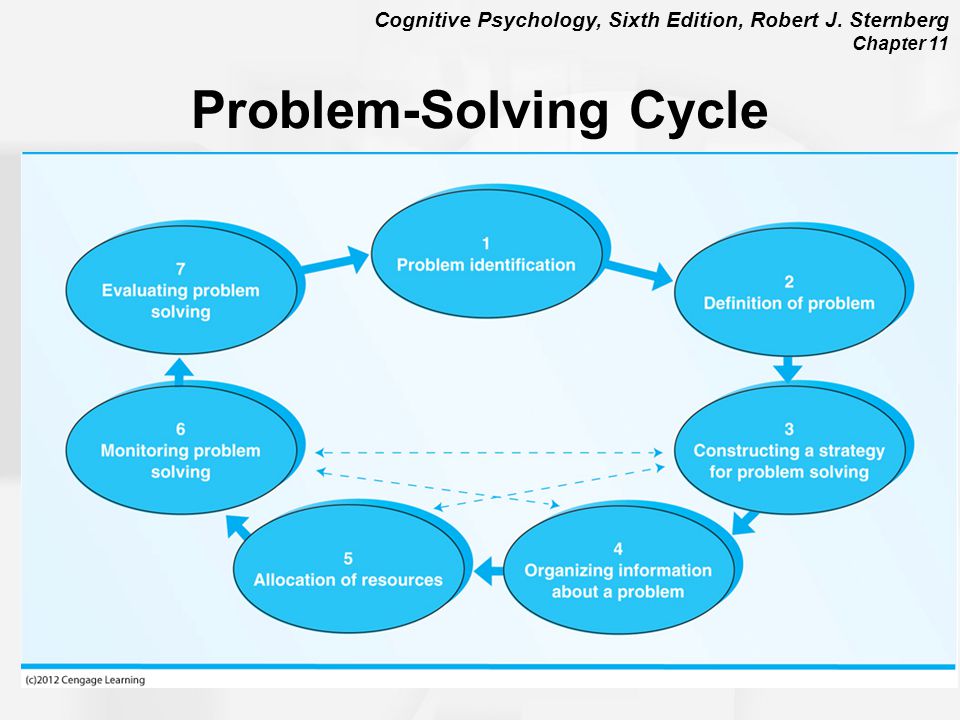
In displacement, when you go through the related article, you would notice that the anger felt by a woman for her boss was channelized to her sister. So her behaviour was still destructive with her sister; shouting at her was damaging their relationship. On the other hand, Sublimation is similar but the behaviour is more acceptable at the social/moral level like in the case of Uma.
Sublimation: in day to day life
In day to day life, we all use sublimation knowingly unknowingly. The simplest example would be, a boy who feels extreme anger towards his father since he can’t express it; he plays violent video games. Now, this is definitely helping him in a way, however, the flip side to this is that the original feeling of anger towards the father is not addressed. At the same time, not always will he get a chance to play video games which can then add to more complications.
In the example given above, about Uma and her daughter; it is a possibility that Uma’s daughter eventually may object to her mother going overboard with the young man. She may express displeasure of not being prioritized. This may lead to friction in the mother-daughter relationship.
She may express displeasure of not being prioritized. This may lead to friction in the mother-daughter relationship.
Thus, like every defence mechanism, in the short run Sublimation serves a purpose but in the long run, it can have the potential to create complications.
Therapists Niche: Working with Clients using Sublimation
Remember sublimation is happening at the level of the unconscious to protect the client by not letting them become aware of their true feelings. This is because the client may not be capable of handling both
- the true feelings (in Uma’s case, the attraction towards the young man) and
- the anxiety, guilt or helplessness that they would experience as a result of becoming aware of these true feelings.
Potential Problems with clients using Sublimation
During therapies & coaching sessions, most clients strongly resist acknowledging their sublimated feelings. In many cases, therapists use a confrontational approach to break this resistance. What is important to remember is that confrontation coupled with an
acknowledgement of true feelings without the skills required to cope with the same can do more harm than good.
In many cases, therapists use a confrontational approach to break this resistance. What is important to remember is that confrontation coupled with an
acknowledgement of true feelings without the skills required to cope with the same can do more harm than good.
Recommended Steps to work with clients using Sublimation
Hence as far as possible help the client get in touch with their true feelings through a more subtle approach that does not include too much confrontation. Also prepare the necessary framework to ensure that the client after acknowledging their true feelings, are not too hard on themselves.
One can use the NLP meta-model (a model for questioning during interviews) in combination with a supportive & comforting tone & body language for the same.
Different techniques from Hypnosis can also be used to help the client identify their unconscious feelings along with the reasons for the same.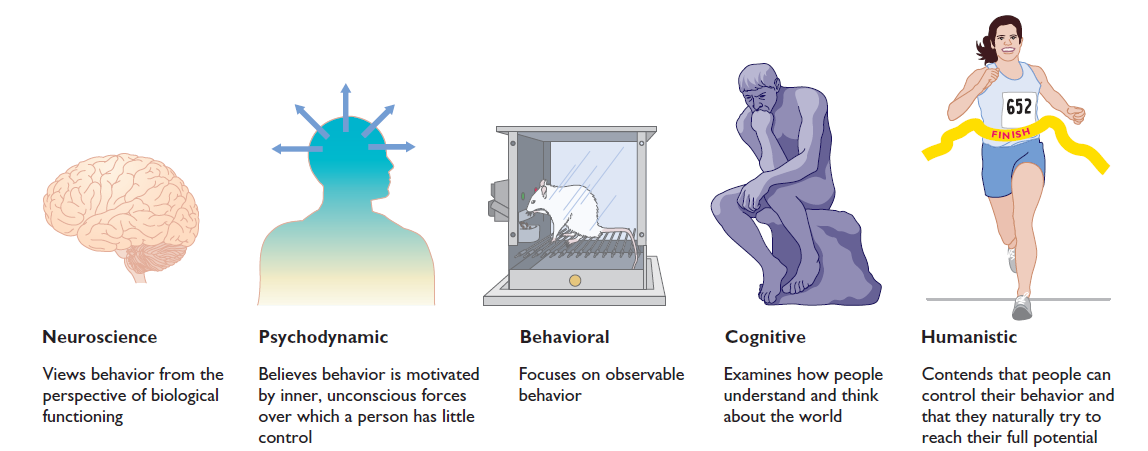 This would enable the client to have a deeper understanding of self & also develop the skills required to cope up with these feelings.
This would enable the client to have a deeper understanding of self & also develop the skills required to cope up with these feelings.
If you are a practising therapist or are looking forward to becoming one, learn all the techniques mentioned in this post and a lot more. Join us for our practitioner course Cognitive Hypnotic Psychotherapist™ that is based on an integration of different approaches to psychotherapy (cognitive, behavioural, psycho-dynamics and humanistic) with techniques from Hypnosis, NLP, Metaphor Therapy and Mindfulness.
What Is Sublimation in Psychology and How It Secretly Directs Your Life
Sublimation in psychology is a defense mechanism where negative urges and impulses are channelled into socially accepted behaviour.
Sigmund Freud first coined the term sublimation after reading ‘The Harz Journey’ by Heinrich Heine. The book told the story of a boy who cut off the tails from dogs and in later life became a respected surgeon.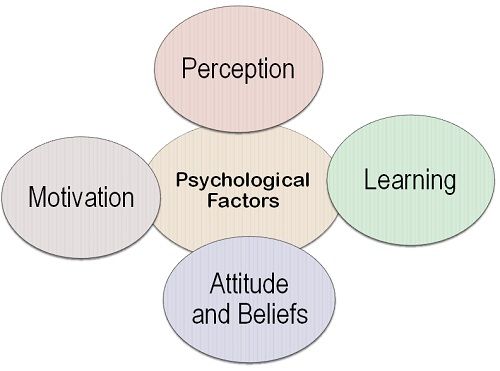 Freud recognised this as sublimation and described it as one of the defence mechanisms. His daughter Anna Freud expanded on defence mechanisms in her book – ‘The Ego and the Mechanisms of the Defence’.
Freud recognised this as sublimation and described it as one of the defence mechanisms. His daughter Anna Freud expanded on defence mechanisms in her book – ‘The Ego and the Mechanisms of the Defence’.
What is Sublimation in Psychology?
Every day we are bombarded with stimuli that present us with challenges, force us to make decisions, and create emotional responses. These emotional responses can be positive or negative, and in order to live in a civilised society, we have to control these responses to some extent. We can’t go around screaming and causing havoc whenever we have to deal with an unpleasant emotion. Instead, our minds learn how to deal with it in an acceptable manner.
This is where defence mechanisms come in. There are many different defence mechanisms, including denial, repression, projection, displacement and, of course, sublimation.
Sublimation in psychology is considered to be one of the most beneficial defense mechanisms as it transforms negative emotions into positive actions. Many defense mechanisms suppress our natural emotions. This can lead to problems later on in life. Sublimation allows us to focus this negative energy from something harmful into a useful act.
Many defense mechanisms suppress our natural emotions. This can lead to problems later on in life. Sublimation allows us to focus this negative energy from something harmful into a useful act.
Examples of sublimation in psychology
- A youth has anger issues so he is signed up to a local boxing club.
- A person with an obsessive need for control becomes a successful administrator.
- Someone with excessive sexual desires that put them in danger takes up running.
- A person who is highly aggressive trains to be a soldier.
- Someone who was turned down for a sought-after position starts their own company.
Sublimation in psychology is considered to be the most mature way we can deal with our emotional responses. Using this as a defense mechanism can produce someone who is extremely industrious. But as we sublimate on a subconscious level, we are not aware of when or where it happens.
This means we are oblivious of many of the decisions we take. So how does that affect us?
So how does that affect us?
Harry Stack Sullivan, founder of interpersonal psychoanalysis, has described sublimation when talking about the nuances of people interacting with each other. For him, sublimation is an unwitting and only partial satisfaction that allows us social approval where we can then pursue direct satisfaction. This is despite it being contrary to our own ideals or societal norms.
Sullivan understood that sublimation in psychology was far more complicated than Freud believed. The substitution for negative emotions into positive behaviour might not be exactly what we want. Nor might is completely satisfy us, but, in a civilised society, of which we must take part, it is our only recourse.
When we use sublimation as a defense mechanism, we do not consciously make a decision, nor do we ponder the outcome. Even though internally we might be facing a conflict. This is of our need to be satisfied and the need to fit in.
So if we are not aware of the internal decisions being made, presumably on a daily basis, how are we affected?
How does sublimation in psychology secretly direct your life?
When we are sublimating, we are not conscious of exactly what and why we are acting in a certain manner. This can make it difficult to spot the signs of sublimation. There are ways, however, that indicate if you have been sublimating:
This can make it difficult to spot the signs of sublimation. There are ways, however, that indicate if you have been sublimating:
Personal relationships:
Consider the person you are in a relationship with. Are they exact opposite of you or you are very similar? Those who sublimate within their own relationships tend to gravitate towards people that have some sought after characteristic in their own personality. In this way, they are living vicariously through their partner.
Careers:
The career you have chosen can be a strong indicator of sublimation in psychology. Delve into your deepest thoughts and think about what it is that you truly desire. Now think about your chosen career and see if there is any connection.
So, for instance, someone that loves sweets or chocolate but is overweight might own a chocolate shop. A psychopath might be the CEO of a very successful banking corporation. Someone who hates spending time with children may become a nursery school teacher.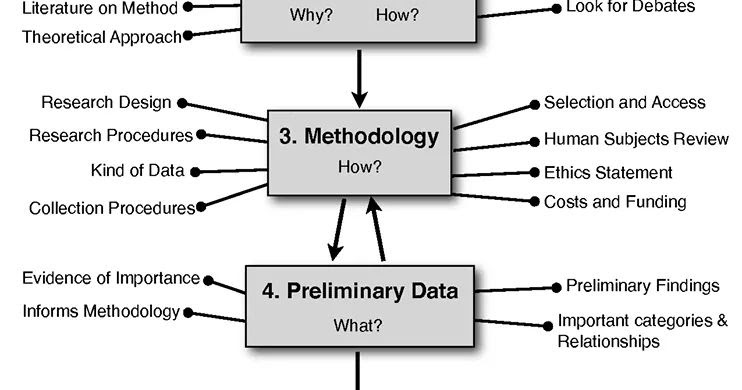
Whichever way you are sublimating your deepest and darkest thoughts, you can rest assured that all that negative energy is at least being channelled into something productive.
References:
- ncbi.nlm.nih.gov
- wikipedia.org
- Author
- Recent Posts
Janey Davies, B.A. (Hons)
Sub-editor & staff writer at Learning Mind
Janey Davies has been published online for over 10 years. She has suffered from a panic disorder for over 30 years, which prompted her to study and receive an Honours degree in Psychology with the Open University. Janey uses the experiences of her own anxiety to offer help and advice to others dealing with mental health issues.
Latest posts by Janey Davies, B.A. (Hons) (see all)
Copyright © 2012-2023 Learning Mind. All rights reserved. For permission to reprint, contact us.
Tags: emotions, psychoanalysis, psychology, Sigmund Freud, society, subconscious, work
Sublimation: what is it, examples, advice from a psychologist
Let's face it: we are all sometimes drawn to do something forbidden. In today's society, we restrain ourselves, but we can write about what excites us, a heartfelt post on social networks or go to the gym. This is called sublimation.
In today's society, we restrain ourselves, but we can write about what excites us, a heartfelt post on social networks or go to the gym. This is called sublimation.
Georgy Yakovlev, psychoanalytic psychotherapist, clinical psychologist, Alter service specialist
Advertising on RBC www.adv.rbc.ru
What is sublimation
In psychology, sublimation is the process by which sexuality and aggression are transformed and expressed in a socially acceptable form, so to speak, placed at the service of society. Sublimation is often referred to as the "mature" and most adaptive forms of psychological defense along with humor, altruism and cooperation: all these mechanisms of our psyche are aimed at minimizing unpleasant experiences and maintaining peace of mind.
Historically, the term "sublimation" has been used in various fields:
- in physics and chemistry, sublimation means sublimation, the transition of a substance from a solid state immediately into a gaseous state, bypassing the intermediate stage - liquid form;
- in philosophy and art, sublimation is understood as a transition to a new, purer and sublime state.

At the beginning of the 20th century, the Austrian psychoanalyst Sigmund Freud, by analogy with chemical sublimation, proposed the concept of mental sublimation: a person, as it were, in a roundabout way achieves pleasure of a different, “higher” order. But what kind of pleasure are we talking about?
In psychoanalysis, the concept of sublimation and pleasure is inextricably linked with the theory of attraction: in every person from birth there are internal forces (drives) that press from the inside, irresistibly “draw” and push to “release”.
Freud, first of all, investigated sexual desire: how it is represented in the body and psyche and how it seeks satisfaction ("Instincts and Their Destinies", 1915).
From the first years of life, culture and upbringing restrict us from the direct expression of thoughts, emotions and desires that are considered forbidden (for example, selfish, incestuous or "killing" fantasies about loved ones). At the same time, the entire modern civilization and the cultural achievements of mankind are built on sublimation ("Dissatisfaction with Culture", 19thirty).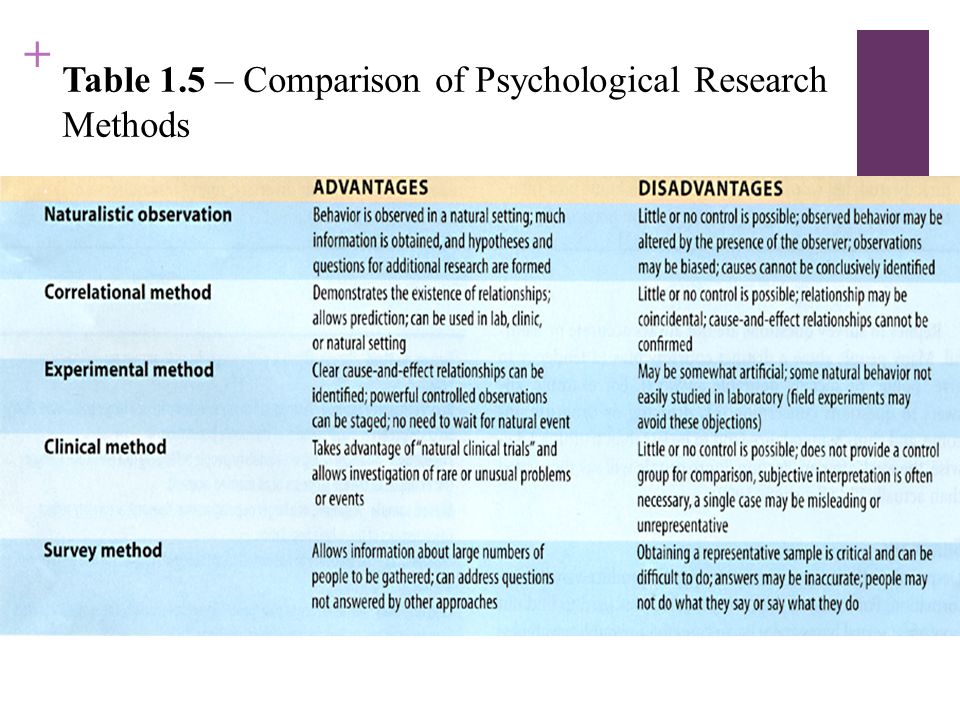 Man makes a "sacrifice" to society, renouncing the crude satisfaction of his passionate and aggressive urges for the sake of security and peaceful coexistence.
Man makes a "sacrifice" to society, renouncing the crude satisfaction of his passionate and aggressive urges for the sake of security and peaceful coexistence.
By sublimation, a person involuntarily changes the course of attraction from a sexual goal to a non-sexual one - friendship, cooperation, care for others, engaging in a career, science, art, sports or other activity that is approved by society. Sometimes sexual desire is completely transformed into a passion for knowledge, as it was with da Vinci - a voluntary atrophy of sexual life ("Leonardo da Vinci's childhood memory", 1910).
© wikipedia.org
It is interesting that the concept of sublimation was never completed by Freud himself or by subsequent generations of analysts and represents more a general train of thought than a guide to action. Since this is the most "healthy" of the unconscious processes, it is much more difficult to investigate: no complaints, no symptoms.
Examples of sublimation
- The desire to satisfy demonstrative, narcissistic needs can manifest itself in the choice of a public profession, for example, an artist or a politician.

- Aggression can be expressed in socially acceptable competition - in contact sports, public debate (television debates, stand-up battles), journalism - as well as in the choice of specialties that involve one or another impact or intervention (for example, in surgery "to cut to save ").
- Sexual and erotic urges are expressed in art, literature, cinema and advertising.
Speaking of sublimation, Freud mainly described creative and intellectual activity. But collecting can also be classified as a socially significant activity (Peter Subkowski, On the Psychodynamics of Collecting, 2006).
Collecting is a gradual accumulation of similar objects, where at the same time there is a desire to possess and not to part. The tendency to collect is manifested in many children. Favorite toys can replace absent adults, they calm and help to cope with anxiety. During the game, the child becomes active, he controls the drama, controls the course of events, determines their outcome.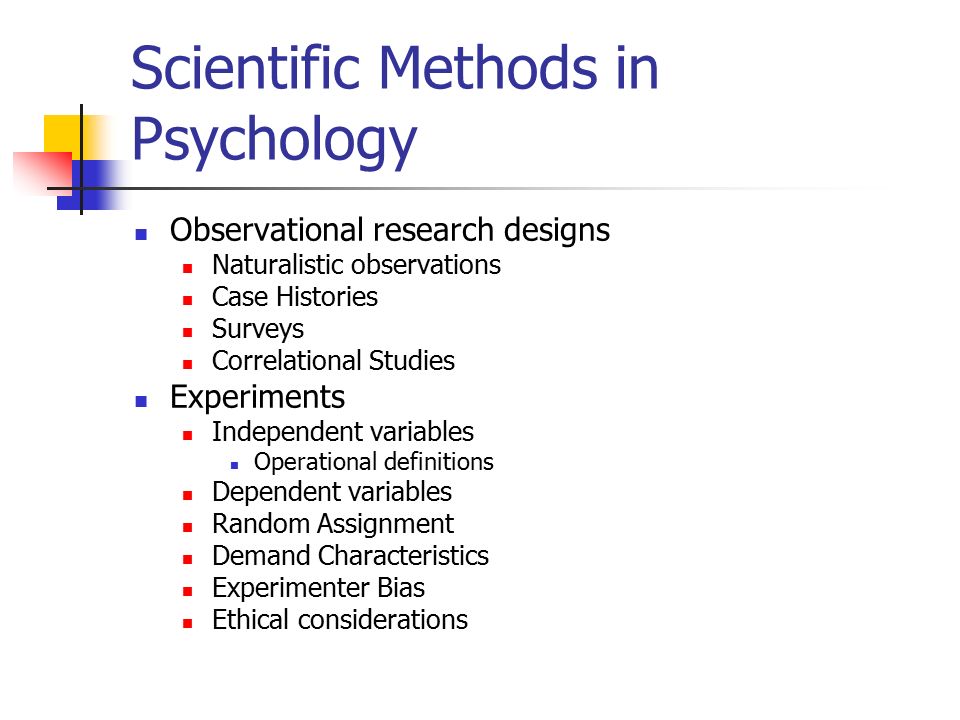 Something similar can be traced in adults and in non-material forms: the collection of knowledge, experiences, vacation spots, career positions, relationships, and so on.
Something similar can be traced in adults and in non-material forms: the collection of knowledge, experiences, vacation spots, career positions, relationships, and so on.
© Shutterstock
In some cases, the objects of passion - art and luxury, branded items or some kind of rarity - can define the collector, becoming his "extension". They magically soothe and bring pleasure. Danger awaits where there are elements of dependence, worship of the inanimate, where the collector begins to live exclusively in the world of ideal objects, eccentrically avoiding "dangerous" human relationships. The loss of such objects becomes a serious blow - a person feels it as if he has lost a part of himself, as in Giuseppe Tornatore's film "The Best Offer" (2013).
However, many collectors are successful and active in life. A mature, sublimated form of collecting implies that the collector recognizes the incompleteness and imperfection of his collection, he knows when to stop, and at the same time feels quite comfortable in other areas of life, where he also receives aesthetic pleasure.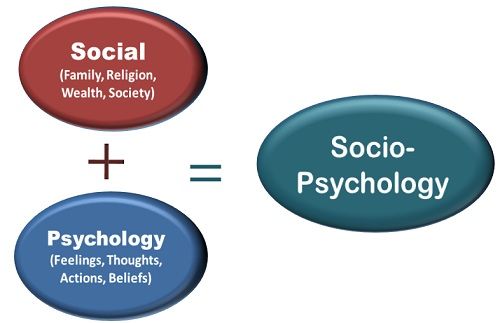 In its highest form, collecting can be expressed in charity: objects are returned to society in exchange for recognition. In this case, the items reflect the tastes and values of the collector, but are not literally his "flesh".
In its highest form, collecting can be expressed in charity: objects are returned to society in exchange for recognition. In this case, the items reflect the tastes and values of the collector, but are not literally his "flesh".
Here is another example from the realm of writing. The famous Indian-American psychoanalyst and scholar Salman Akhtar, when asked “why do I write,” answers: “for pleasure” (Salman Akhtar, “Dancing with Words”, 2020). For him, writing is one of the ways to get a variety of pleasures. First of all, in this way he expresses (sublimates) love, hatred, envy, the desire for revenge, paternal edification and brotherly tenderness. With a certain amount of shame, he admits: he also writes because he likes to be famous (such exhibitionist aspirations may already indicate pseudo-sublimation, that is, not so much the desire to benefit society, but the desire to show oneself from the best side, to receive approval, sometimes at any cost). His name allows him to travel, earn money, perform and meet interesting people, some of them become friends.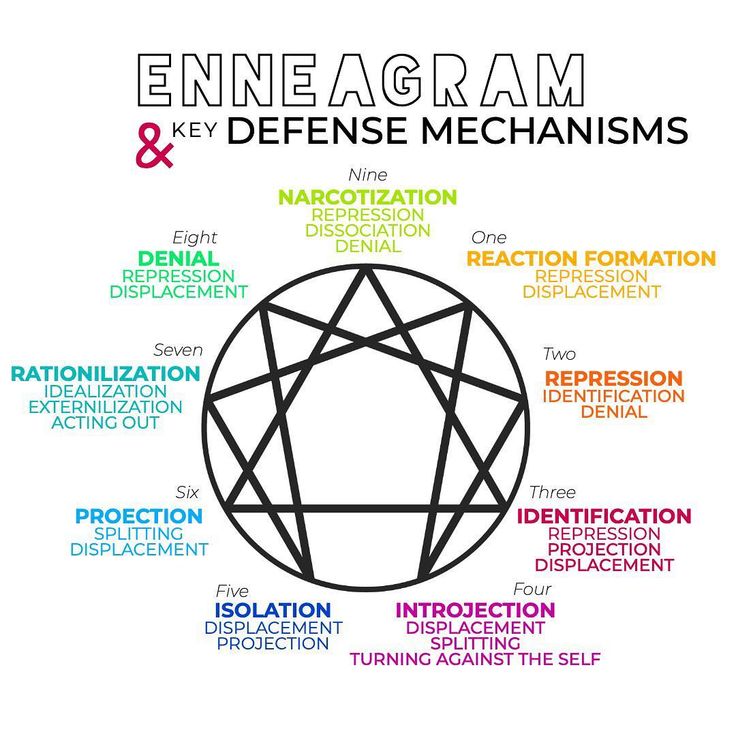 The pleasure of writing also lies in passively immersing yourself in your thoughts at three in the morning, at the airport, on the train, even on a walk, so that at some point spontaneously, in a creative impulse, write an article in a few hours. Perhaps at such moments he manages to free himself from the mortal, human, fragmentary in himself and gain inner integrity.
The pleasure of writing also lies in passively immersing yourself in your thoughts at three in the morning, at the airport, on the train, even on a walk, so that at some point spontaneously, in a creative impulse, write an article in a few hours. Perhaps at such moments he manages to free himself from the mortal, human, fragmentary in himself and gain inner integrity.
Sublimation and life
So, sublimation is closely related to culture, whose task is to guide us and set the coordinate system, providing stability and a sense of security. However, unlike the society of the 19th century with its characteristic clear hierarchy, prohibitions and prescriptions, modern society causes in a person, rather, confusion, loneliness and the illusion that all desires are feasible. As the Italian psychoanalyst Rossella Valdre notes, today there is no place for tragedy, guilt or suffering - we live in a field of personal achievement. Society wants to see success (Rossella Valdrè, "On Sublimation", 2014).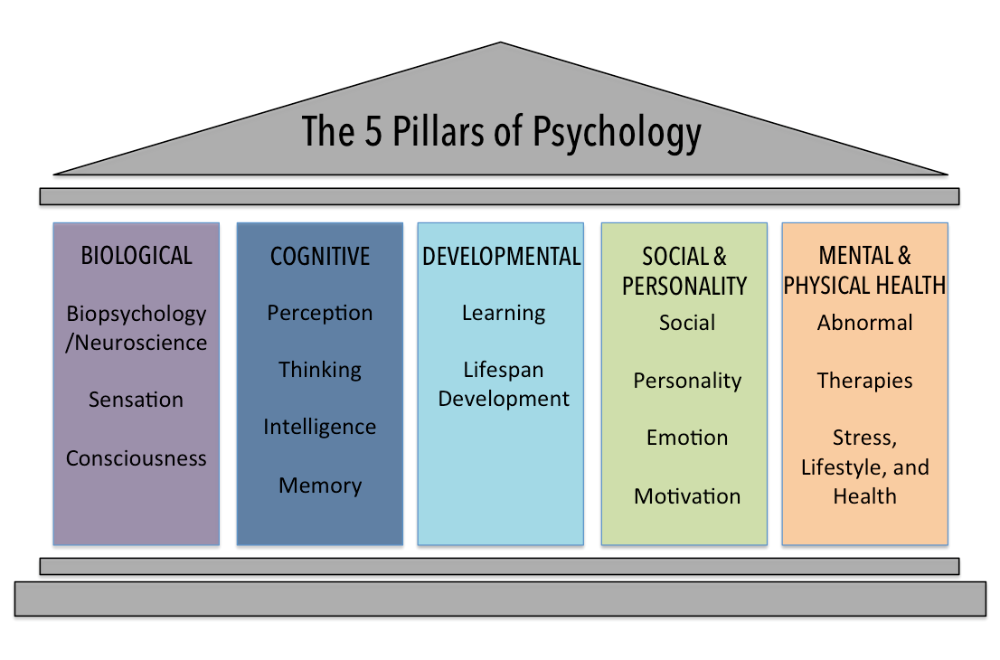
Shot from the film "American Beauty"
© imdb
Profound personal changes (and sublimation) require active internal study. But today, in this race of desires, information noise and uncertainty, a person is increasingly resorting to denial, when the unpleasant part of reality, conflicts and experiences are not ground in the millstones of the psyche, but are simply discarded, as if they did not exist: it is easier to deny than to perceive. But what is thrown out the door returns to the window in the same form. Such an "empty house" is easily filled with anxiety. Perhaps that is why today in the practice of psychologists there are so frequent appeals associated with panic attacks, inexplicable sadness, boredom, dissatisfaction, the feeling of an "imposter".
Feeling the lack of something important, more and more often we are looking not within ourselves, but in the outside world - surrounding ourselves with objects, regalia, rituals, superficial connections, preferring to act instantly, swipe and post content without reflecting.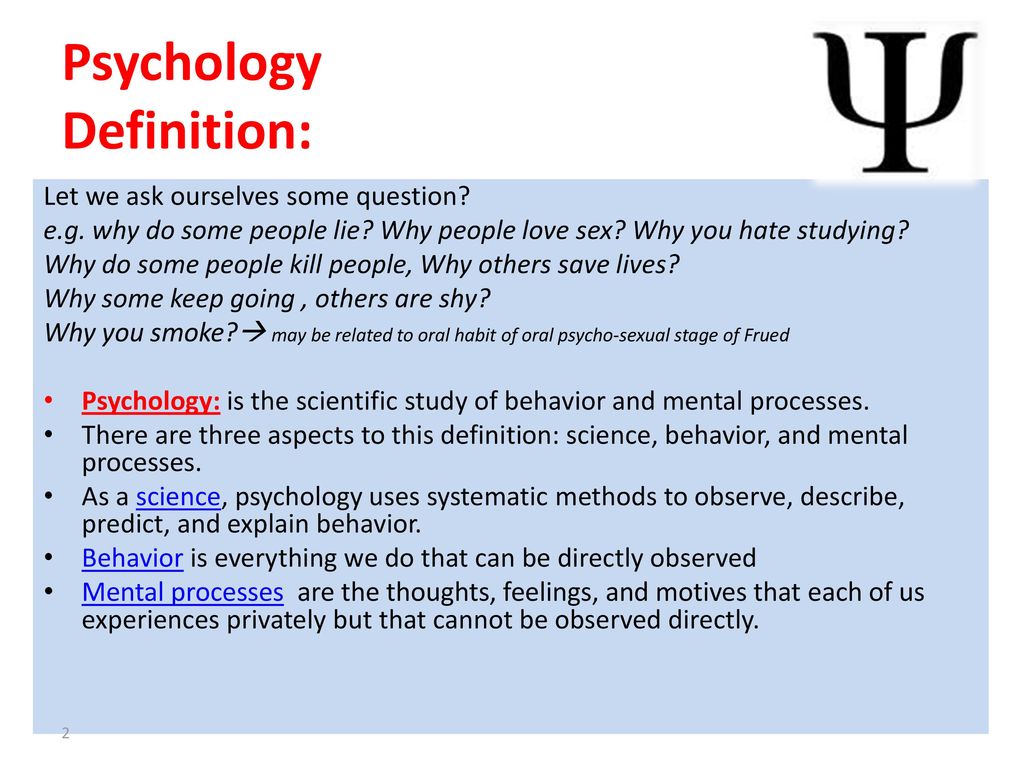 Aging and disease are repudiated by the myth of eternal youth and unceasing care of one's body. In Freud's apt expression, man is a kind of "god on prostheses", majestic, but not necessarily happy.
Aging and disease are repudiated by the myth of eternal youth and unceasing care of one's body. In Freud's apt expression, man is a kind of "god on prostheses", majestic, but not necessarily happy.
The following paradox is also connected with sublimation. Sometimes we seem to distance ourselves from relationships and the outside world: for example, when we are seriously ill and do not want to communicate; when we want to sleep; when they are immersed in hypochondria and are occupied only with the health of their body (“On the introduction of the concept of “narcissism”, 1914). Sublimation also involves some kind of withdrawal, more precisely, the withdrawal of love energy from relationships: this valuable resource is limited, so before you can use it for new creative non-sexual purposes, you first need to return it to yourself. But if we keep all the attention and love in ourselves, then we run the risk of creating an internal dam and starting the processes of self-destruction - in attacks on ourselves, spontaneous restrictions, depriving ourselves of pleasure. Such desexualization, carried to the extreme, is found in asceticism, up to anorexia, the pleasure of dying. That is why it is so important in Freud's "to start loving in order not to get sick."
Such desexualization, carried to the extreme, is found in asceticism, up to anorexia, the pleasure of dying. That is why it is so important in Freud's "to start loving in order not to get sick."
A still from the film American Beauty
© imdb
How to sublimate “correctly”
Freud believed that our ability to achieve pleasure and cope with suffering, including through sublimation, is severely limited. Everyone has different intellectual and creative inclinations, and work and social activities are not perceived as a path to happiness if a person works out of necessity. Finally, in addition to sublimation, there are more accessible "pain relievers" and techniques that do not require such mental work - the same alcohol. And yet humanity does not degenerate, but continues its development and has not yet abandoned education and culture.
Psychoanalysis does not give instructions on how to "correctly" sublimate, and this can hardly be an end in itself. Rather, we can think about your ability to sublimate. Here are the main topics for discussion.
Rather, we can think about your ability to sublimate. Here are the main topics for discussion.
- How free are you to express your sexuality, your tender and passionate feelings? How does this relate to the opinions of others?
- What are your best and worst qualities and needs that you manage to fulfill in your profession and in your interactions with other people? What else needs to be dealt with?
- What do you think about envy, hatred, aggression? Is it possible to benefit from them for yourself and your environment?
- How do you feel about loneliness and solitude? Is it the same for you?
- What family attitudes did you adopt as a child, and which ones did you resolutely reject? How does this connect with you today, with your relationships, hobbies, with what you do, how you live and fill every day?
- Is there a place for mystery and curiosity in your life? Can something really captivate you? Would you like to share this with others?
Reflecting on these questions, one may feel that one wants to skip some topics, and linger on others in order to clarify one's attitude.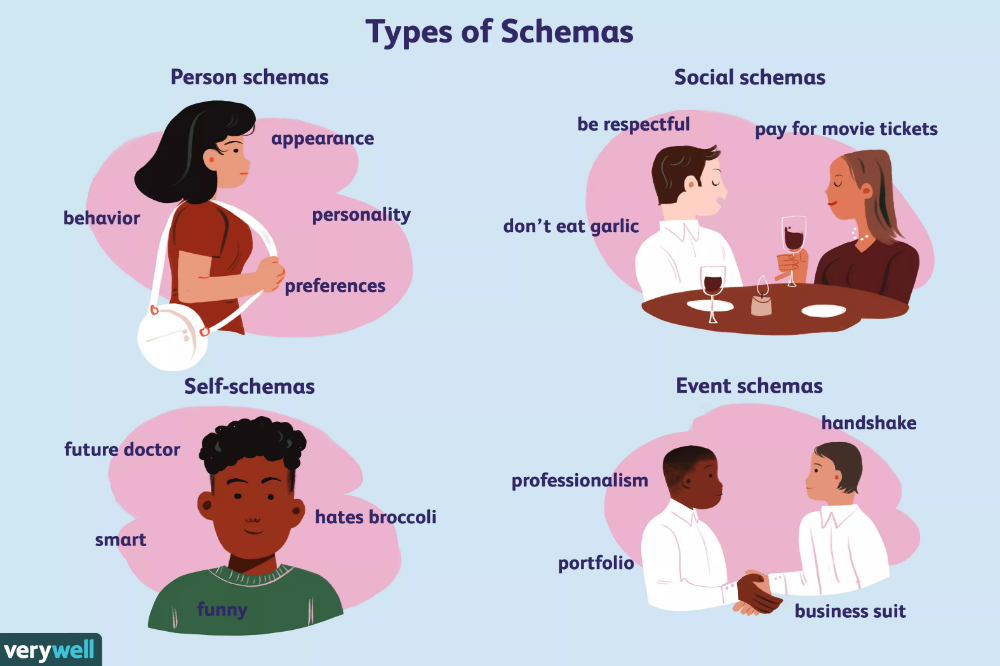 What situations come to your mind? If they are associated with repeated stress and displeasure, then it can be assumed that sublimation is failing here. Perhaps there is an unresolved deep conflict - in this case, the support of a psychologist may be required.
What situations come to your mind? If they are associated with repeated stress and displeasure, then it can be assumed that sublimation is failing here. Perhaps there is an unresolved deep conflict - in this case, the support of a psychologist may be required.
The ability to sublimate and withstand loneliness can speak of the integrity of the personality - that a person is ready to recognize and accept himself in his most unimaginable, "outrageous" and persistent desires, without trying each time to press the red SOS button in the form of another person.
One of the most widespread and productive forms of sublimation is, of course, creativity. At the same time, it is not necessary to be a brilliant creator: everyone can participate in the creative process - if not creating, then enjoying a work of art or just doing what they love.
Psychotherapy is one of the most useful forms of sublimation. Coming to therapy, a person immediately finds himself in a situation of sublimation: communication with a psychologist encourages reflection - here, instead of thoughtless actions, imagination and language are used, and there is hope that you will be understood. Therefore, it makes sense to turn to psychotherapy not only when something “hurts”, but also in order to get to know yourself deeper and deeper.
Therefore, it makes sense to turn to psychotherapy not only when something “hurts”, but also in order to get to know yourself deeper and deeper.
Sublimation is not the shortest or easiest path to happiness, but it is it that opens access to the highest human values, allows you to explore culture and your unconscious. It is a pure form of curiosity and a very special new source of creative pleasure.
What is sublimation and how does it help to negotiate with emotions?
We are taught from childhood to direct our emotions in a peaceful direction. Instead of a fight with an offender, it is better to scream into a pillow or kick a ball, writing tearful poems helps from a broken heart, and yoga helps to cope with the feeling of losing control over life during the next emergency. All this is sublimation. We tell you how it helps not to go crazy and make the world a better place.
Sublimation from the fathers of psychoanalysis
Sublimation, like many other things, was first described by the father of psychoanalysis, Sigmund Freud. He believed that sublimation was justified by the limited possibilities for expressing emotions, in particular, the inability to fully realize one's libido. Freud saw sexual desire as the driving energy of human life, and when a person could not direct it into the area of relationships, libido flowed into other areas - into creativity, research and creation. According to Sigmund Freud and later to his daughter Anna, sublimation is a protective mechanism that allows you to safely satisfy the need to express emotions.
He believed that sublimation was justified by the limited possibilities for expressing emotions, in particular, the inability to fully realize one's libido. Freud saw sexual desire as the driving energy of human life, and when a person could not direct it into the area of relationships, libido flowed into other areas - into creativity, research and creation. According to Sigmund Freud and later to his daughter Anna, sublimation is a protective mechanism that allows you to safely satisfy the need to express emotions.
What is the danger of expressing emotions?
First of all, that some emotions can be opposite to positive life energy. It can be pain, anger - emotions that had a negative meaning for the person himself.
Secondly, the open expression of naked emotions can cause condemnation from the environment, whether they are destructive or, conversely, positive. In many cultures, the taboo on the vivid expression of emotions still persists. For example, in European and Catholic cultures, it is customary to experience grief in a stoic way, while in Caribbean culture, open living of emotions without hiding tears is encouraged.
If Freud succeeded in concretizing the process of sublimation, then his student Carl Jung considered sublimation to be a more subtle alchemical process. From his point of view, this process is not a consistent interchange of one way of expressing emotions with another, but a spontaneous transfer of emotion to a type of activity.
Methods of sublimation
Sublimation is actively used both in everyday life and in psychotherapy. It became part of the cultural code long before it was described by psychologists, but thanks to the contributions of researchers, its more precise application has become possible.
Art and art therapy
Creativity is one of the first options that comes to mind when we talk about sublimation. It is one of the safest ways to express and experience emotions, whatever their nature. Someone sings to scream with joy or pain, someone goes to a deeper dance therapy to release internal clamps and live emotions, thus removing their intensity.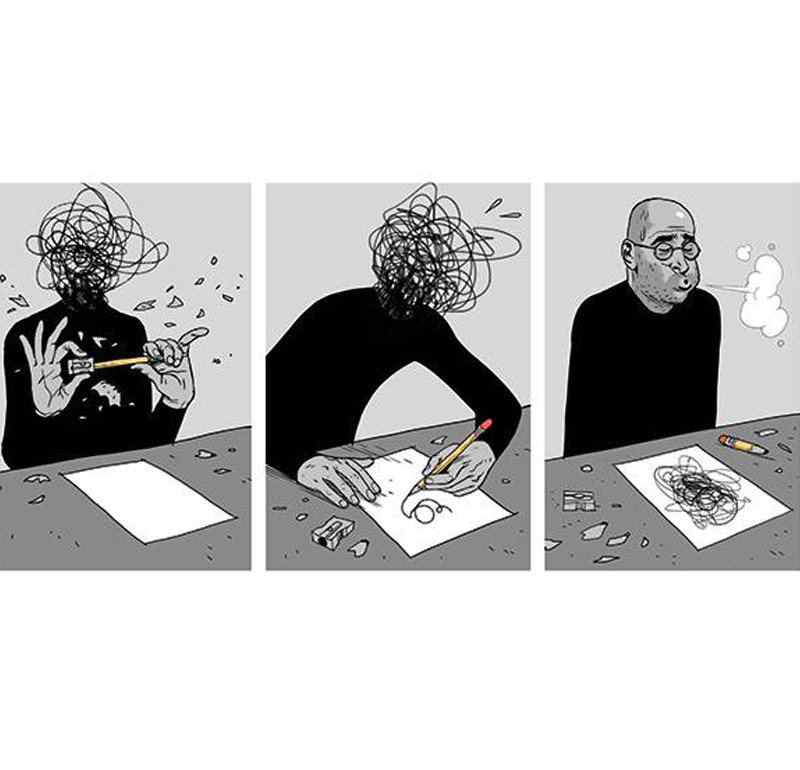
Sport
The second most popular option. Many people use sports to release their anger, contact sports such as wrestling, karate, or boxing help. Team and team sports help overcome feelings of loneliness and frustration.
TV series, movies
Watching movies and TV shows is also classified as sublimation thanks to Theodor Adorno's Aesthetic Theory. Through the perception of experience on the screen, a person lives his own emotions (both positive and negative), for example, by relating himself to the heroes of action films or detectives.
Work
Professional activity also becomes a field for sublimation. Feelings of loss of control in personal life can be compensated by meticulous or creative performance of work tasks.
Video games
This type of activity also gives sublimation, and not only anger or anger, with which games used to be associated. Today, games with immersive storylines that the player can influence allow you to live both romantic plots and stories associated with injustice, loneliness, shame and guilt.